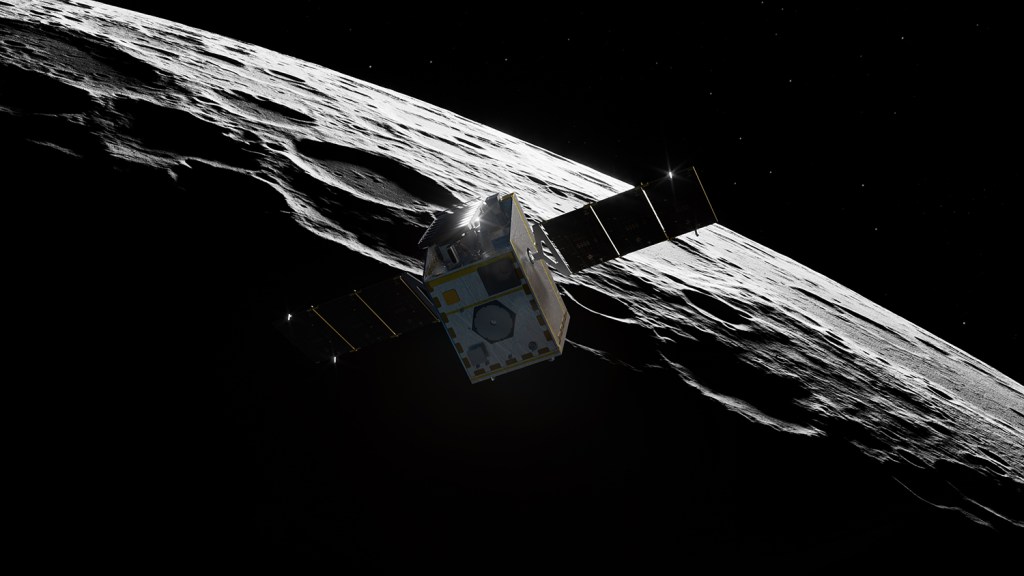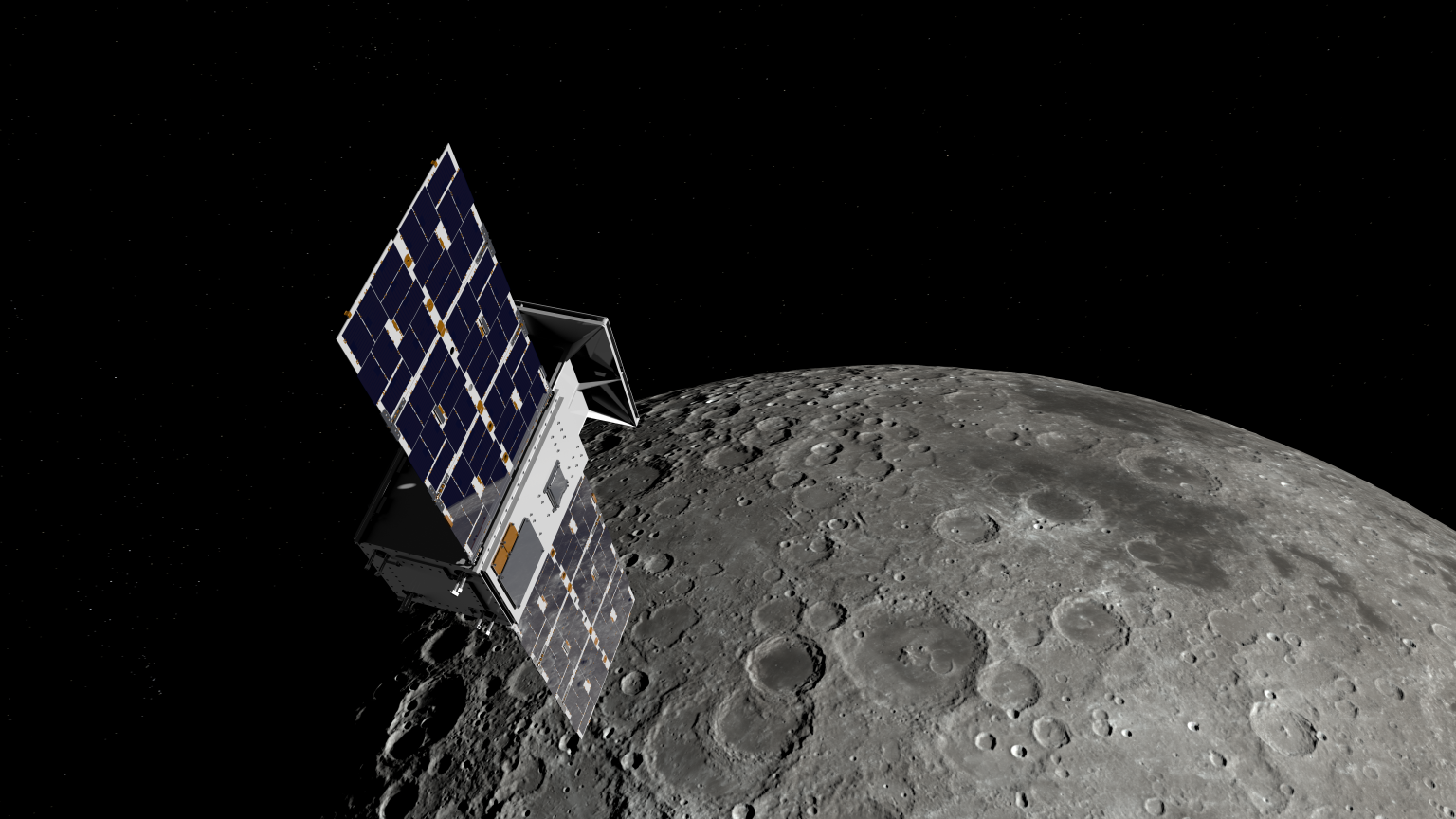Small Spacecraft Community of Practice
Subscribe to receive announcements for the Small Spacecraft Systems Virtual Institute’s (S3VI) monthly webinar series and quarterly newsletter here. We look forward to your participation!

Safe Space Conduct: NASA Best Practices for SmallSats
Speaker: Lauri Newman, NASA Goddard Space Flight Center
Wednesday, November 16, 2022
10:00AM-11:00AM Pacific Standard Time
Click here to watch the webinar.
Click here to download the presentation.
Abstract: While prevention of launch and on-orbit collisions has been an institutional concern of NASA for several decades (beginning with the Shuttle program), historically the paucity of space actors and deployed payloads made the conduct of such protection activities relatively straightforward. With the substantial increases in launched payloads over the last several years, particularly through the technology advancements that have enabled inexpensive smallsat launching and rideshare stacks with over a hundred small payloads, collision avoidance operations have become substantially more complicated. At the same time, many smallsat operators are understandably uncertain regarding what collision avoidance activities are appropriate to their relatively short-lived missions, which are conducted with such physically small assets. The lack of a space traffic management authority to articulate standards and guidelines for such conduct has only increased the confusion.
In response to this situation, NASA has published a Spacecraft Conjunction Assessment and Collision Avoidance (CA2) Handbook, which articulates and explains the launch and on-orbit collision avoidance best practices that the Agency has developed and is requiring of present and future NASA missions. While the CA2 Handbook attempts to define best practices for all satellite types, smallsats are addressed directly as an important class of satellites. Furthermore, because the CA2 Handbook is a living document regularly updated to reflect best practices changes as the industry develops, feedback from both NASA missions and other users is continuously collected in order to issue CA2 Handbook updates.
This talk will summarize and explain the collision avoidance best practices from the CA2 Handbook that are particularly germane to smallsat operations, in addition to CA requirements for NASA smallsats.
Bio: Lauri K. Newman is the Conjunction Assessment Program Officer within NASA’s Science Mission Directorate (SMD).
Prior to joining SMD, Ms. Newman spent 32 years at the Goddard Space Flight Center. In 2004, Ms. Newman initiated the Conjunction Assessment Risk Analysis (CARA) program at Goddard. She has since led the program’s development to provide risk assessment for all of NASA’s spacecraft that are not affiliated with the NASA Human Spaceflight enterprise. Ms. Newman also serves as the NASA point of contact for Space Situational Awareness (SSA) for unmanned missions as part of the Agency’s Mission Resilience Protection Program.
Previously, Ms. Newman spent 15 years as a Flight Dynamics Engineer, designing orbits and managing Flight Dynamics ground systems for a diverse set of spacecraft, including the Earth Observing System Terra and Aura spacecraft. She holds Masters and Bachelor of Science degrees in Aerospace Engineering from the University of Maryland at College Park.
S3VI encourages the community to submit questions before the webinar to enable more directed responses. Please send questions to craig.d.burkhard@nasa.gov.































